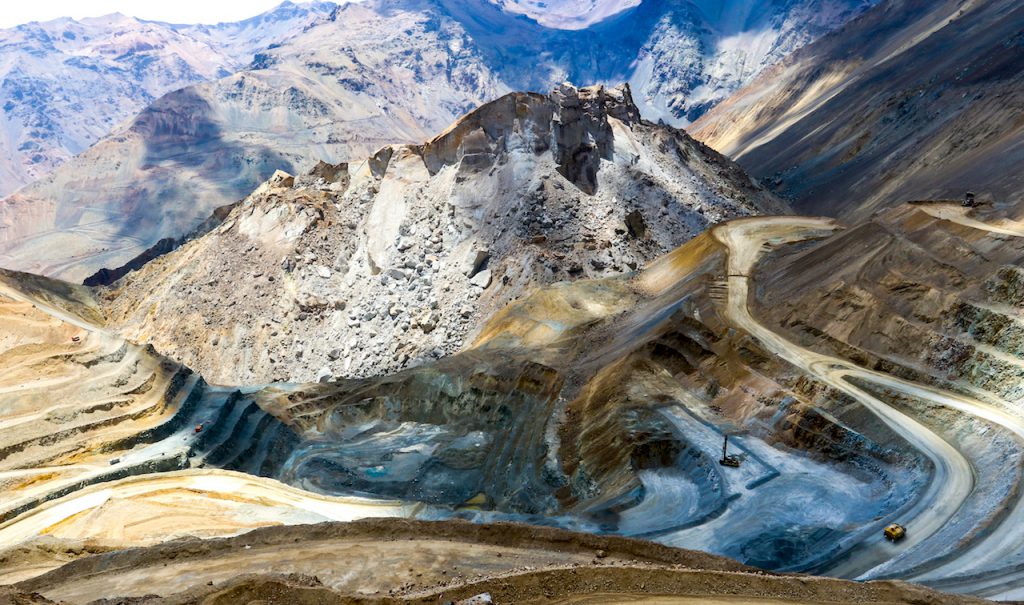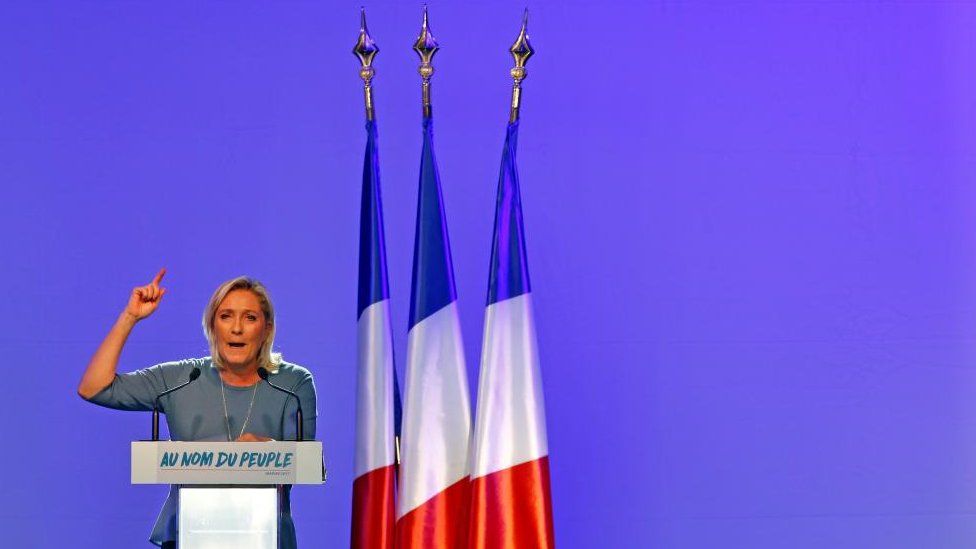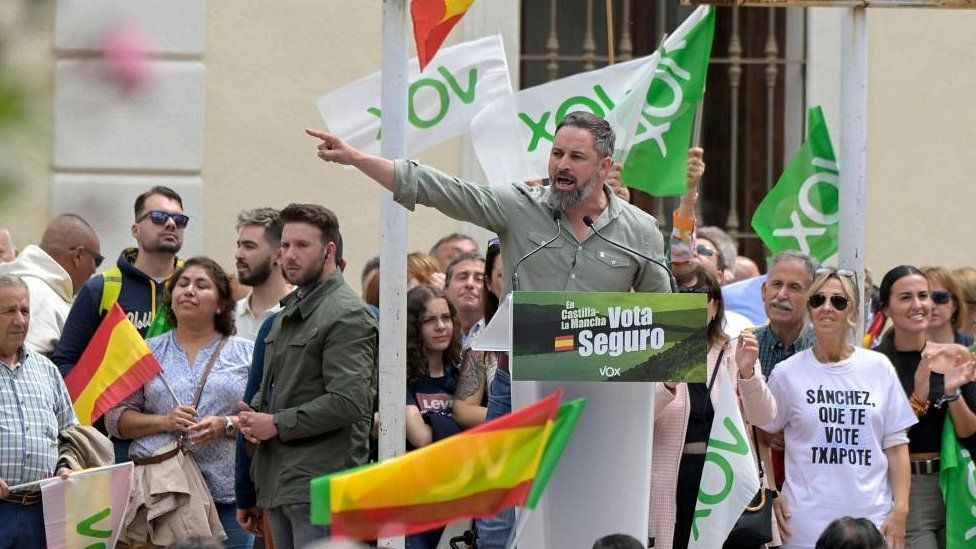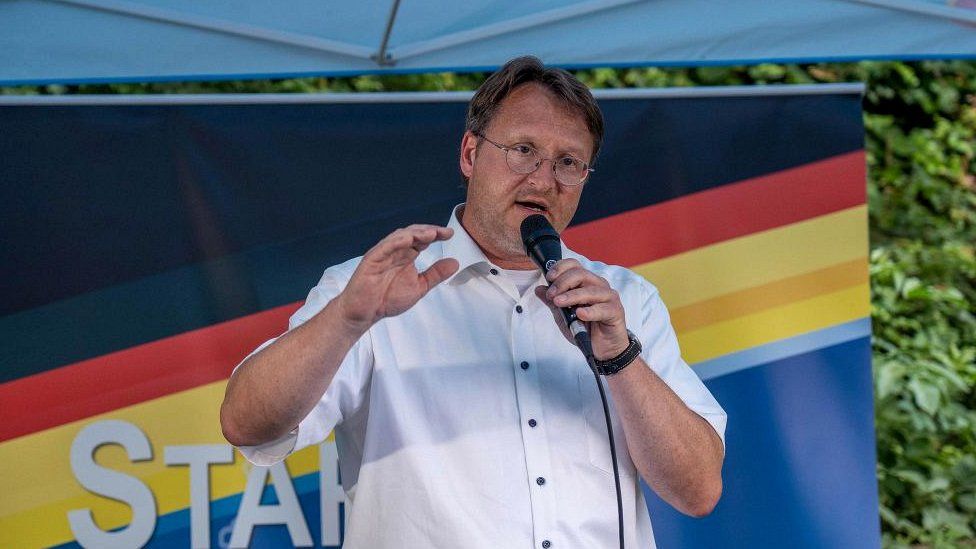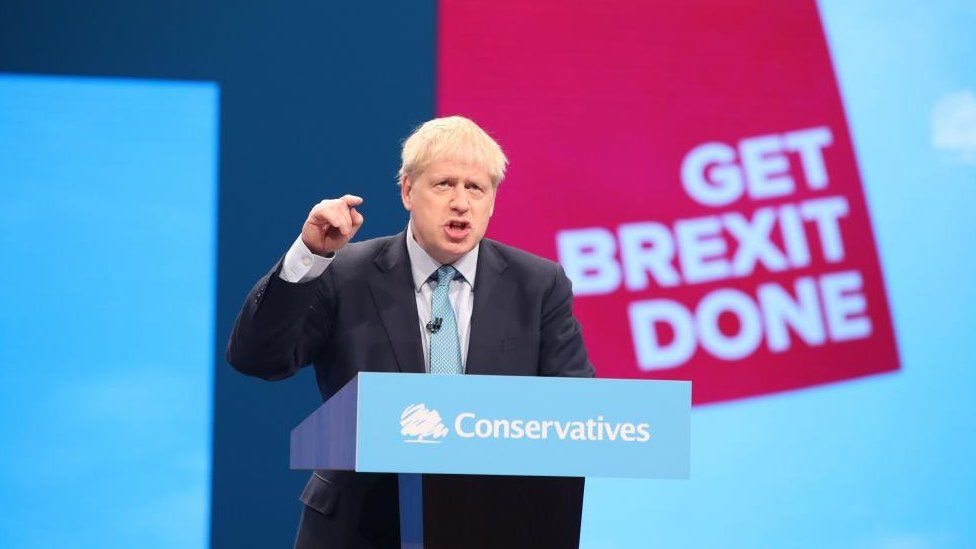Virgin Galactic’s Spaceship Soars, Stock Sinks
Virgin Galactic (NYSE: SPCE) capped off nearly 19 years of effort by flying its first commercial mission with paying customers from Spaceport American in New Mexico on Thursday (June 29). However, while the VSS Unity rocket plane soared into the heavens on a research flight, the company’s stock declined by almost 11 percent.
VSS Unity carried Italian Air Force Col. Walter Villadei, Italian Air Force physician Lt. Col. Angelo Landolfi, and engineer Pantaleone Carlucci of the National Research Council of Italy to an altitude of 52.9 miles (85.1 km) where they enjoyed about three minutes of weightlessness and spectacular views of Earth.
The WhiteKnightTwo VMS Eve mothership took off with VSS Unity beneath it at 8:30 AM mountain time with Kelly Latimer in command and former Canadian Air Force Maj. Jameel Janjua as pilot. They air-launched the spacecraft at an altitude of 44,500 feet (13,564 meters).
As the spacecraft neared its apogee, Villadei unbuckled himself from his seat and spent about 30 seconds activating and monitoring experiments installed on a rack at the rear of the cabin. He then held up an Italian flag for a global audience watching the flight on Virgin Galactic’s webcast.
The Galactic 01 flight, which the Italian government refers to as “Virtute 1,” carried equipment for 13 experiments that were conducted by the researchers or autonomously. Landolfi measured the effects of microgravity on two very different phenomena: human cognitive performance and how certain liquids and solids mixed. Carlucci wore multiple sensors that measured his heart rate, brain function, and other human performance metrics during the flight.
“I am beyond proud to be a part of this historic spaceflight. ‘Galactic 01’ is Italy’s first commercial suborbital research spaceflight, and an amazing achievement made possible thanks to the long-lasting collaboration between the Italian Air Force and the National Research Council of Italy,” Villadei said in a press release.
Virgin Galactic astronaut instructor Colin Bennett joined the three Italians in the passenger cabin. Bennett assisted the researchers and assessed the research flight experience. He previously flew on a suborbital flight test in July 2021.
Mike Masucci commanded VSS Unity with Nicola Pecile as pilot. Masucci was on his fourth suborbital flight aboard the spacecraft. It was the first suborbital flight for Pecile, who retired from the Italian Air Force as a lieutenant colonel.
“Today, our team successfully flew six people and more than a dozen research payloads to space in VSS Unity, our unique, suborbital science lab,” Virgin Galactic CEO Michael Colglazier said in the press release. “This historic flight was our first commercial flight and our first dedicated commercial research mission – ushering in a new era of repeatable and reliable access to space for private passengers and researchers.”
Virgin Galactic will fly its second commercial flight with paying customers in August. The company then intends to fly VMS Eve on a monthly basis.
“‘Galactic 02,’ our first spaceflight with private astronauts, is planned for August and we expect VSS Unity to continue with monthly space missions while we simultaneously work to scale our future spaceship fleet for a global audience,” Colglazier continued.
Shares Decline
On Thursday, prior to the flight, Virgin Galactic’s stock rose to $4.86. However, it then declined by more than 10 percent after the flight to close at $4.23.
Although the flight was a success, Virgin Galactic’s financial prospects are limited in the near term. The company has only one SpaceShipTwo, capable of flying four passengers, and a single mothership.
Virgin Galactic’s path to profitability lies with a new generation of Delta-class SpaceShipTwo vehicles and WhiteKnightTwo motherships that are now under development. The spacecraft will not enter service until 2026. Virgin Galactic recently raised $300 million and filed to raise an additional $400 million to fund its expansion.
Virgin Group chairman Richard Branson first announced plans to fly people on suborbital flights in September 2004. The goal was to begin commercial service as early as 2007, but more than a decade of delays and two fatal accidents caused the schedule to slip.



